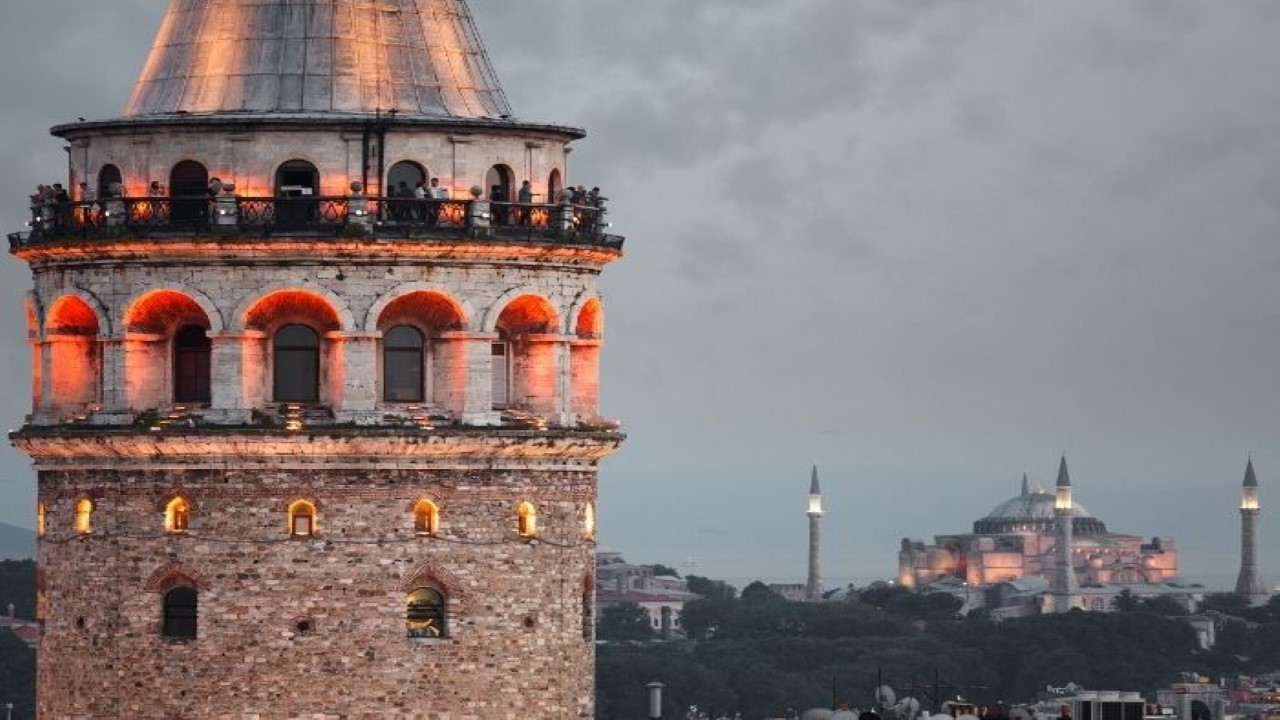The Galata Tower: A Timeless Icon of Istanbul
The Galata Tower stands as one of the most iconic landmarks in Istanbul, a city brimming with history, culture, and breathtaking architecture. Perched atop the Galata district, this medieval stone tower has watched over the city for centuries, bearing witness to its many transformations. Today, it remains a must-visit destination, offering panoramic views of the Golden Horn and beyond. In this article, we’ll explore the fascinating history of the Galata Tower, the significant events that shaped its past, and why it remains an essential part of Istanbul’s cultural fabric.
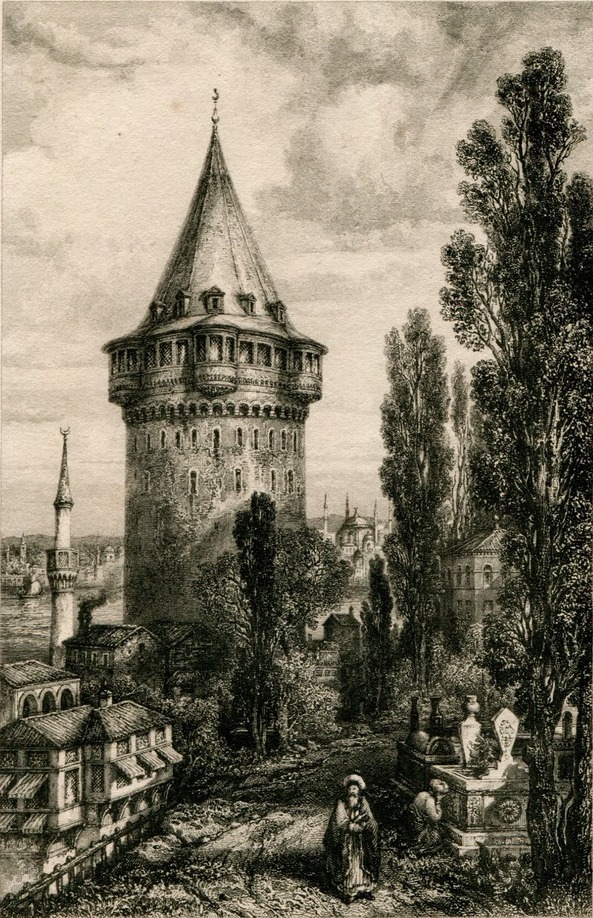
A Tower Steeped in History
The origins of the Galata Tower date back to the Byzantine era. It was first constructed in 528 AD under Emperor Justinian I, serving as a lighthouse and a key part of Constantinople’s fortifications. However, the structure that we see today was built in 1348 by the Genoese, who had established a colony in Galata, then an important trade center.
Originally named the Tower of Christ (Christea Turris), the Galata Tower was the tallest building in the city at the time. It played a crucial role in the defense of the Genoese settlement, allowing them to monitor maritime traffic and potential threats.
After the Ottoman conquest of Constantinople in 1453, the tower was repurposed for military use. It was later used as an observatory and even a fire watchtower, alerting the city to dangerous fires that frequently broke out in the dense wooden neighborhoods.
Hezarfen Ahmet Çelebi and the Legendary Flight
One of the most famous legends associated with the Galata Tower is the daring flight of Hezarfen Ahmet Çelebi in the 17th century. Hezarfen, a pioneering Ottoman scientist, is said to have strapped on artificial wings and leapt from the tower, successfully gliding across the Bosphorus to Üsküdar on the Asian side of Istanbul.
This legendary feat, recorded by the famous Ottoman traveler Evliya Çelebi, remains a symbol of human ambition and ingenuity. Although some historians debate the accuracy of the story, it continues to be one of the most captivating tales of the Galata Tower’s history.
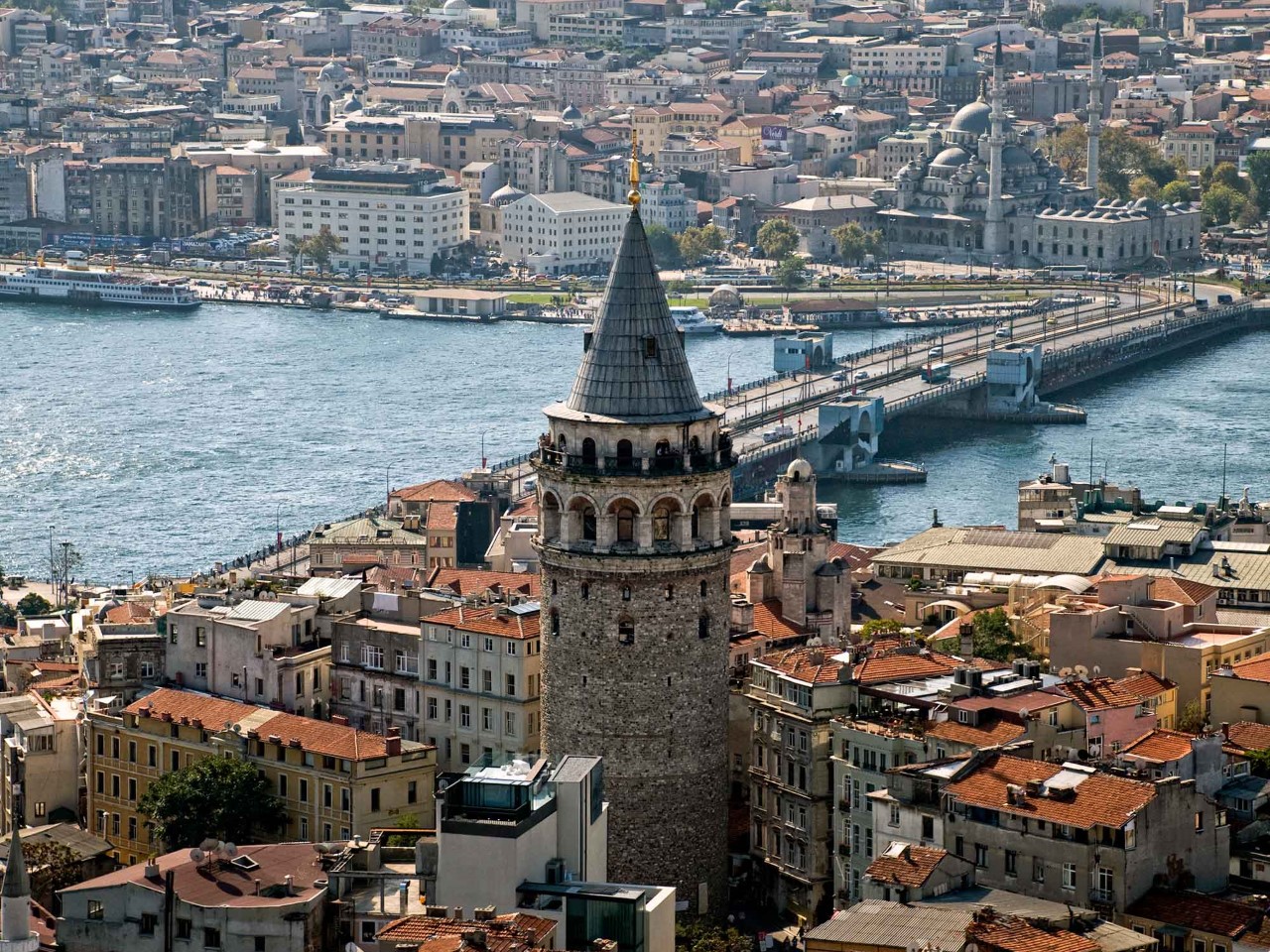
Fires, Earthquakes, and Restorations
Over the centuries, the Galata Tower has endured numerous disasters. Fires in 1794 and 1831 caused extensive damage to the wooden interior of the tower, requiring significant restorations. Additionally, earthquakes in the 19th and 20th centuries weakened parts of the structure, leading to further renovations.
One of the most significant restorations took place in 1965-1967, when the tower underwent major structural strengthening and its wooden roof was replaced with the conical cap that we see today. Since then, it has been maintained as a museum and observation deck, drawing countless visitors eager to experience Istanbul’s stunning skyline from its heights.
The Role of the Galata Tower in Ottoman and Turkish History
During the Ottoman period, the Galata Tower was not only a military outpost but also a hub for astronomers and fire watchers. The tower’s high vantage point made it ideal for observing celestial movements, and for many years, it served as part of an early warning system for fires that threatened the city.
In modern Turkey, the Galata Tower has become a symbol of Istanbul’s rich history and diverse cultural heritage. In 2020, the Turkish government oversaw another major restoration project, reinforcing its structure and converting it into a museum under the administration of the Ministry of Culture and Tourism.
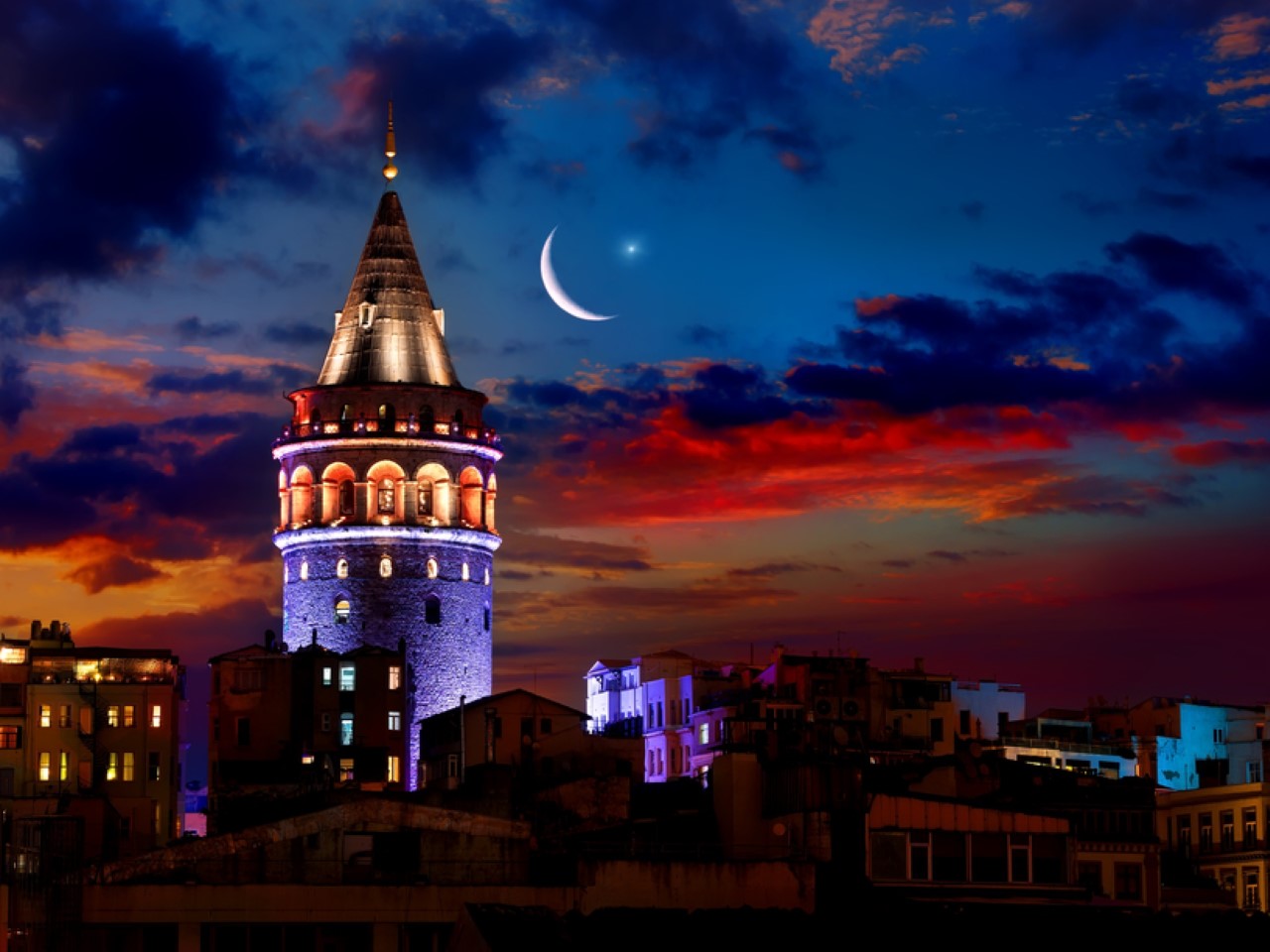
The Tower Today: A Must-Visit Landmark
Today, the Galata Tower is one of Istanbul’s most popular attractions. Tourists and locals alike flock to the tower to enjoy breathtaking 360-degree views of the city, including the Bosphorus, the Golden Horn, the Blue Mosque, and Hagia Sophia.
The tower also hosts cultural events, exhibitions, and performances, further cementing its role as a vibrant part of the city’s artistic scene. Climbing the tower’s winding staircase or taking the elevator to the top is an unforgettable experience, offering visitors a chance to step back in time while gazing at the modern metropolis of Istanbul.
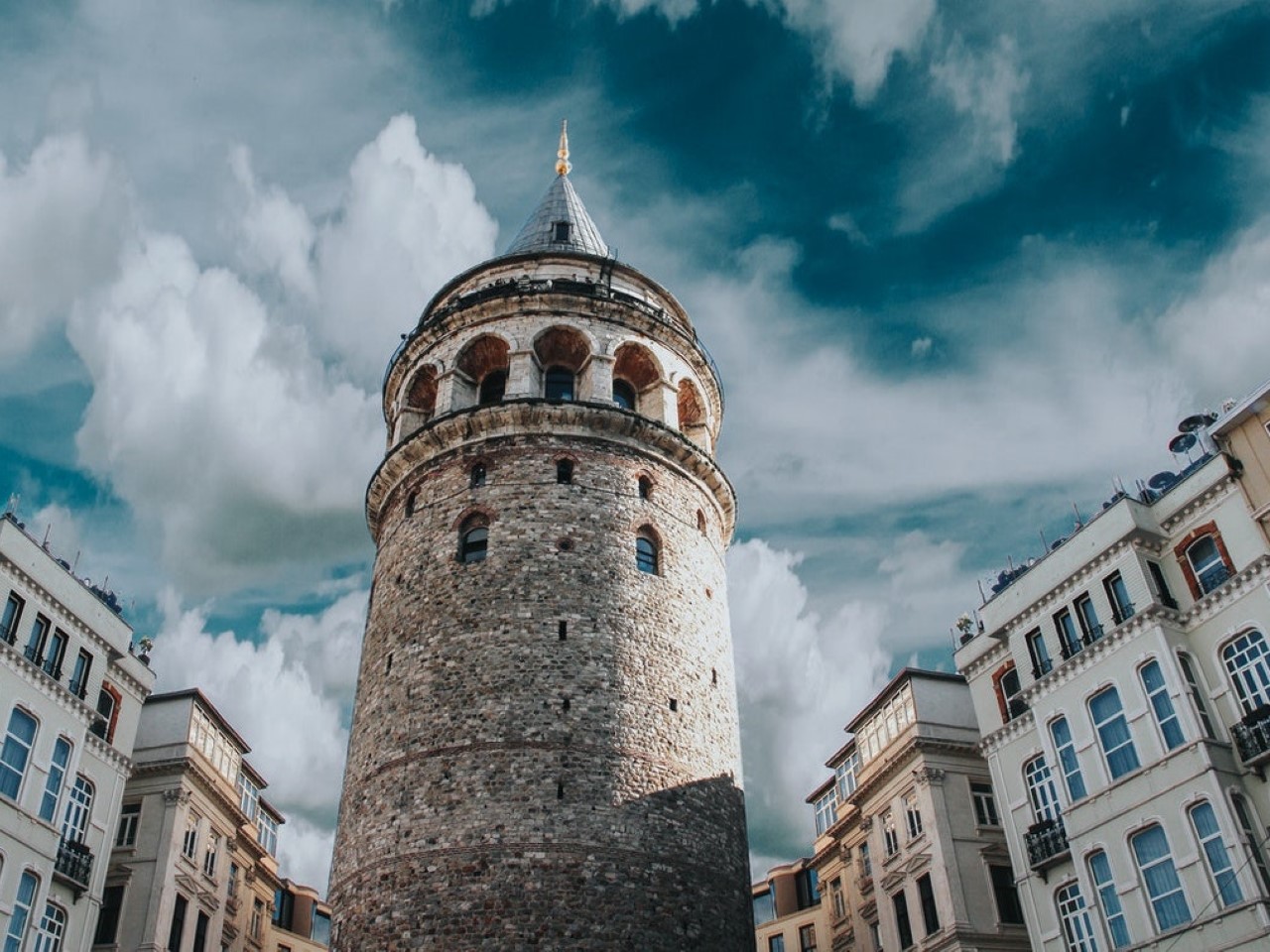
Conclusion
The Galata Tower is more than just a historic monument—it is a symbol of Istanbul’s resilience, transformation, and enduring beauty. From its Genoese origins to its Ottoman legacy and modern-day significance, the tower continues to captivate those who visit. Whether you are fascinated by its history, intrigued by legendary flights, or simply seeking the best view in the city, the Galata Tower is a place that truly embodies the spirit of Istanbul.
If you ever find yourself in this incredible city, be sure to visit the Galata Tower, stand at the top, and take in the view that has mesmerized generations.
FAQs About the Galata Tower
The Galata Tower was built during the medieval period as a watchtower and part of Istanbul’s defense system. It has undergone various renovations over the centuries and reflects the influence of the Byzantine and Ottoman Empires.
From the observation deck, you can enjoy panoramic views of Istanbul, including the Bosphorus Strait, the Golden Horn, historic landmarks, and the city’s vibrant streets.
Yes, the Tower hosts art exhibitions, live music performances, and other cultural events throughout the year, showcasing the talents of local and international artists.
The Tower has undergone several restoration projects to maintain its architectural integrity and historical charm. These efforts have ensured that it remains a well-preserved icon of Istanbul’s cultural heritage.
The Galata neighborhood offers a vibrant atmosphere with charming cafes, art galleries, boutique shops, and narrow cobblestone streets. It’s a great place to explore local culture and savor traditional Turkish delicacies.
